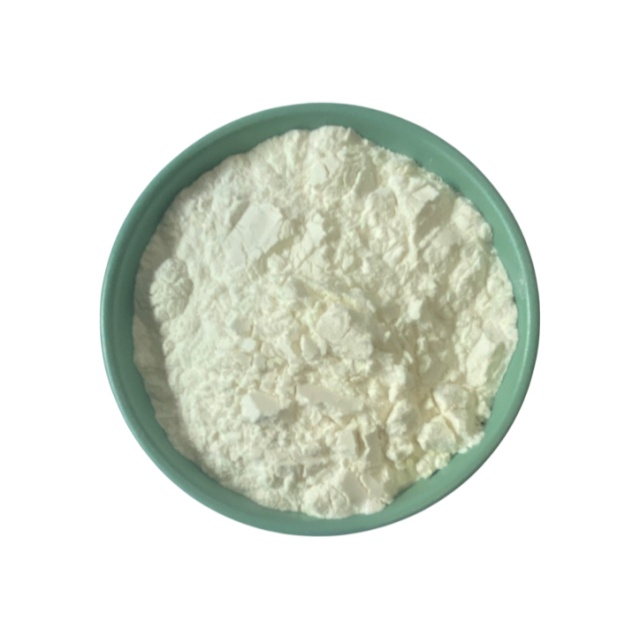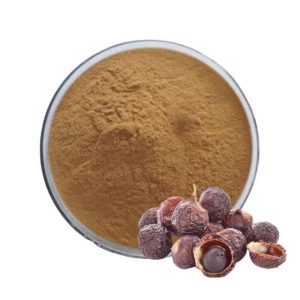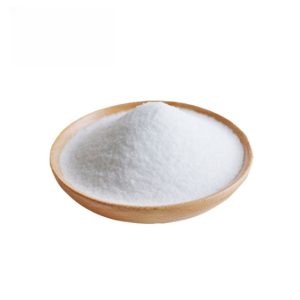Whey protein powder, also known as whey protein, is a type of protein powder derived from the liquid waste produced during cheese production. Here’s a detailed overview of whey protein powder:
Main Nutritional Components
Whey protein powder contains various essential nutrients, including:
- β-Lactoglobulin: It has an optimal amino acid ratio and a high content of branched-chain amino acids, which play a crucial role in promoting protein synthesis and reducing protein breakdown. This aids fitness enthusiasts in shaping their physique.
- α-Lactalbumin: It is an excellent source of essential amino acids and branched-chain amino acids. It is the only whey protein component that can bind with metal elements and calcium. Recent studies have also suggested that it may have anticancer properties. In addition, α-lactalbumin is similar to human milk in amino acid ratio and functional characteristics. Clinical studies have shown that infant formula milk powder rich in α-lactalbumin is safe.
- Immunoglobulin: It has immune activity and can enter the proximal small intestine intactly, protecting the small intestine mucosa.
- Lactoferrin: It has antioxidant properties, eliminates or inhibits bacteria, promotes the growth of normal cells, and enhances immunity.
Main Effects
- Providing Essential Amino Acids: Whey protein powder provides the amino acids needed for the body to construct new tissues and delays human aging.
- Improving Gastrointestinal Function: It helps produce enzymes in the body.
- Enhancing Immunity: It helps the immune system produce antibodies against bacteria and infections.
- Regulating Water and Electrolyte Balance: It enhances the body’s antifatigue ability.
- Accelerating Body Repair: It transports oxygen and various nutrients to cells.
Suitable Groups
Whey protein powder is suitable for various groups, including fitness enthusiasts, athletes, individuals seeking beauty, those with thin or weak bodies, people who are easily fatigued, pregnant and lactating mothers, children in their growth and development stage, individuals recovering from surgery, and those with anemia, hypertension, and other chronic illnesses, as well as vegetarians.
Consumption Method
The standard usage of whey protein powder is to consume 1~2 servings (about 22~45 grams) within 30~40 minutes after exercise. When mixing whey protein powder, avoid using boiling water, as it can destroy the nutrients. Additionally, acidic substances can cause protein denaturation, producing flocculent precipitation and affecting the absorption rate of amino acids by the body. Therefore, avoid mixing it with acidic beverages such as fruit juice.
Precautions
- Choose Quality Products: Pay attention to the purchase channel and reputation of the merchant when buying whey protein powder, and avoid purchasing from individuals.
- Appropriate Dosage: Follow the recommended dosage and avoid overconsumption.
- Attention to Allergies: If you are allergic to whey protein powder, avoid using it.
In summary, whey protein powder, known as the “king of proteins” for its high purity, high absorption rate, and most reasonable amino acid composition, has multiple health benefits. However, attention should be paid to choosing quality products, consuming in appropriate dosages, and following relevant precautions.



Reviews
There are no reviews yet.